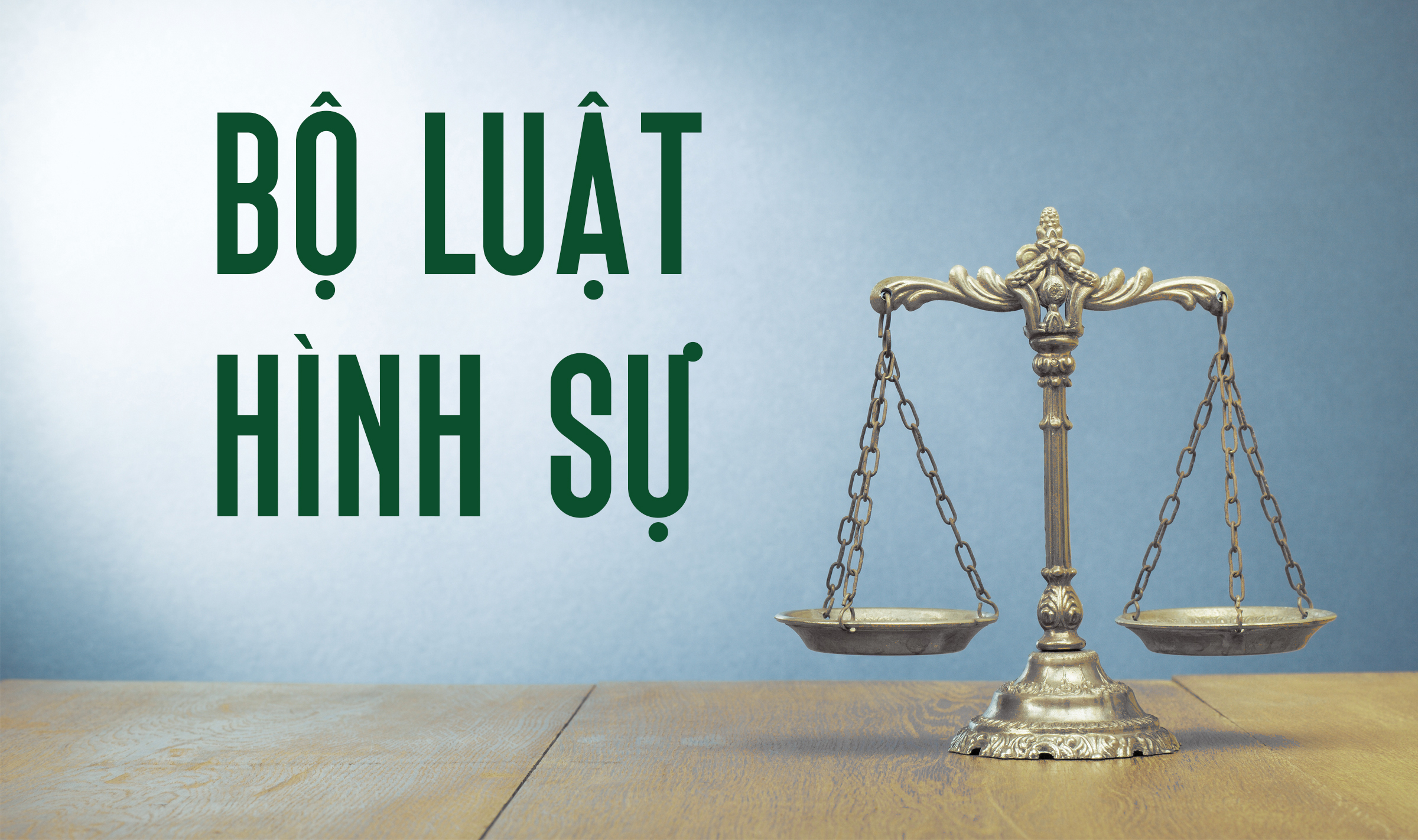In this article, the author discusses the new regulations and shortcomings of the 2015 Penal Code regarding the act of "exceeding the limits of legitimate self-defense" as stipulated in Article 126 and Article 136 of the 2015 Penal Code.
Criminal Code 2015, amended and supplemented in 2017 (referred to as 2015 Criminal Code), came into effect on January 1, 2018. Apart from new provisions favorable to offenders and overcoming the limitations and shortcomings of the 1999 Criminal Code, amended and supplemented in 2009 (referred to as 1999 Criminal Code), there are still some practical issues in applying the 2015 Criminal Code.
Criminal Code 1999 stipulates:
Article 96. Crime of killing in self-defense exceeding the lawful limits
1. Anyone who kills a person in self-defense exceeding the lawful limits shall be sentenced to non-custodial reform for up to two years or imprisonment from three months to two years.
2. Killing multiple people in self-defense exceeding the lawful limits shall be sentenced to imprisonment from two years to five years.
Article 106. Crime of intentionally inflicting injury or causing harm to the health of others in self-defense exceeding the lawful limits
1. Anyone who intentionally inflicts injury or causes harm to the health of others resulting in a disability rate of 31% or higher, or leading to death in self-defense exceeding the lawful limits, shall be sentenced to a warning, non-custodial reform for up to two years, or imprisonment from three months to one year.
2. Committing the crime against multiple people shall be sentenced to imprisonment from one year to three years.
The 2015 Criminal Code stipulates:
Article 126. Crime of killing in self-defense exceeding the lawful limits or exceeding the necessary limits in apprehending offenders
1. Anyone who kills a person in self-defense exceeding the lawful limits or exceeding the necessary limits in apprehending offenders shall be sentenced to non-custodial reform for up to two years or imprisonment from three months to two years.
2. Committing the crime against two or more people shall be sentenced to imprisonment from two years to five years.
Article 136. Crime of intentionally inflicting injury or causing harm to the health of others in self-defense exceeding the lawful limits or exceeding the necessary limits in apprehending offenders
1. Anyone who intentionally inflicts injury or causes harm to the health of others resulting in a bodily harm rate of 31% to 60% in self-defense exceeding the lawful limits or exceeding the necessary limits in apprehending offenders shall be fined from 5,000,000 VND to 20,000,000 VND or sentenced to non-custodial reform for up to three years.
2. Committing the crime in any of the following cases shall be sentenced to imprisonment from three months to two years:
a) Against two or more people with a bodily harm rate of each person from 31% to 60%;
b) Inflicting injury or causing harm to the health of others with a bodily harm rate of 61% or higher.
3. Committing the crime leading to death or inflicting injury or causing harm to the health of two or more people with a bodily harm rate of each person of 61% or higher shall be sentenced to imprisonment from one year to three years.

Illustrative Image
From the above provisions, it can be seen:
- Compared with the provisions of Article 96 and Article 106 of the 1999 Criminal Code, the 2015 Criminal Code lists the above two articles as a combined article and additionally regulates the act of "exceeding the necessary limits in apprehending offenders."
- Compared with Article 106 of the 1999 Criminal Code, Article 136 of the 2015 Criminal Code has several new provisions:
+ Article 106 has two clauses, while Article 136 is detailed and specifically divided into three clauses.
+ Article 106 prescribes three punishments: warning, non-custodial reform, and imprisonment, whereas Article 136 prescribes three punishments: fine, non-custodial reform, and imprisonment. Thus, the 2015 Criminal Code replaces the warning penalty with a fine. The application of fines deprives the convicts of material benefits, affecting their financial situation and thereby influencing their consciousness. Different fine levels cause different impacts on their awareness. The preventive objectives of the punishment will be achieved through the application of this penalty to limit the crime situation. Fines are thus stricter and more severe than warnings.
- The irrationality in the penalty framework stipulated in Article 126 and Article 136 of the 2015 Criminal Code. Researching the law and practical application at local levels concerning the same offense of "exceeding the lawful limits of self-defense," the lawmakers have unintentionally prescribed the "killing" act with an imprisonment framework "from three months to two years" as lighter than the imprisonment framework "from one year to three years" for the act of "intentionally inflicting injury or causing harm to the health of others." This means that the punishment framework for "intentionally inflicting injury or causing harm to the health of others" is heavier than the framework for the act of "killing" in "exceeding the lawful limits of self-defense."
It is necessary to think that, to achieve effective criminal law enforcement, minimizing crime omission, central judicial agencies need to provide specific guidance for uniform application. Furthermore, it is essential to continue researching and amending the 2015 Criminal Code regarding the imprisonment framework of Articles 126 and 136 of the 2015 Criminal Code in line with the crime prevention and control process in practice.
Le Quang Khai - Cam Ranh City People's Procuracy, Khanh Hoa Province
Source: Kiem Sat
 Article table of contents
Article table of contents





.Medium.png)
.Medium.png)
.Medium.png)
.Medium.png)
